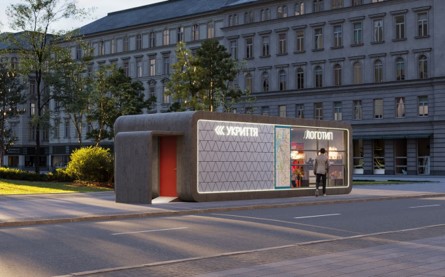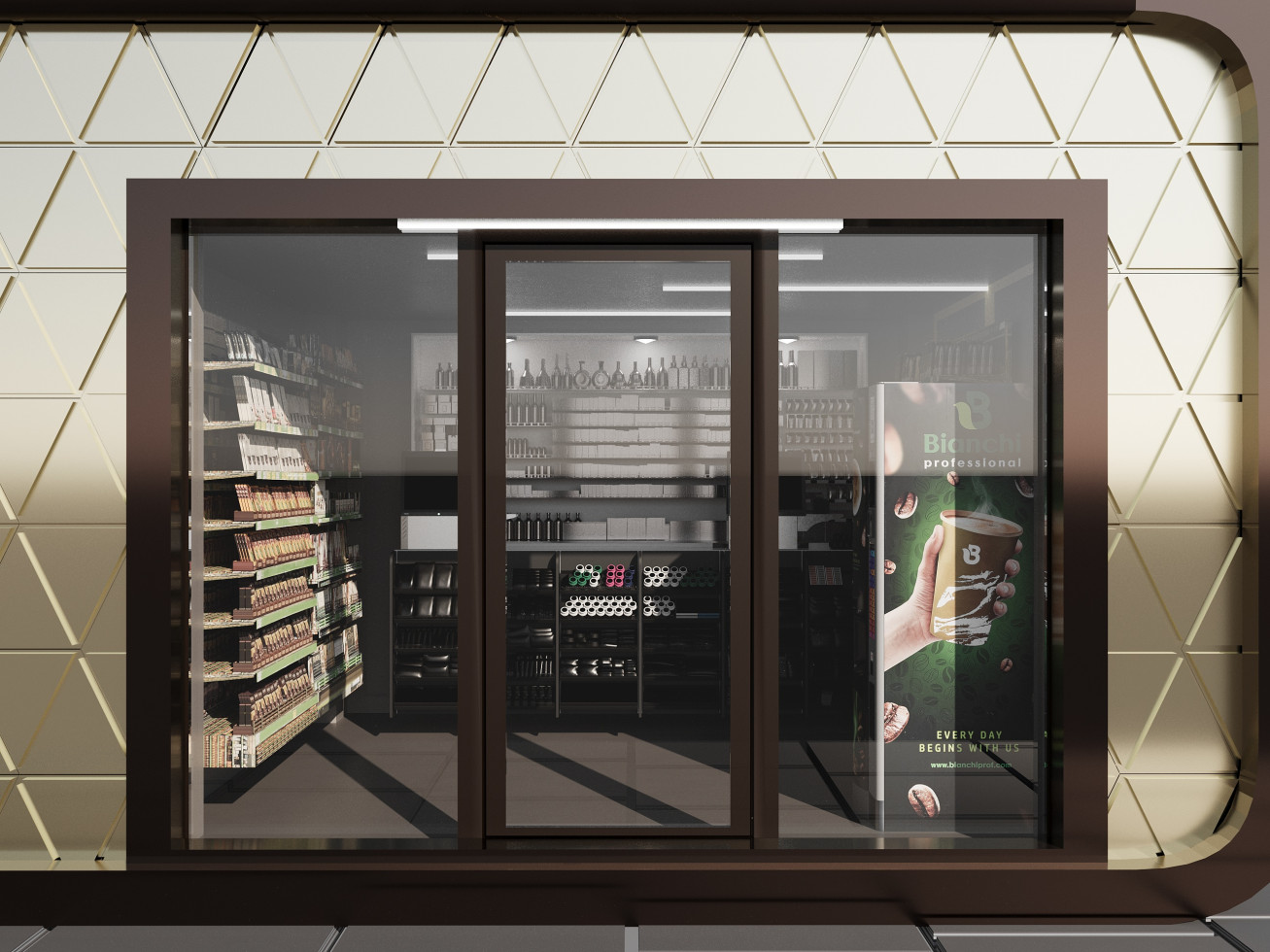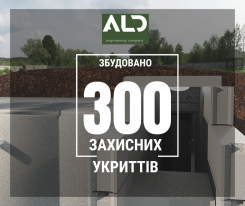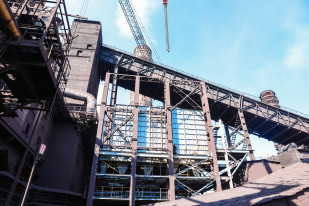This is the second retail unit located in a modular protective shelter developed and constructed by ALD Engineering and Construction. It is an example of a unique combination of civil protection and support for entrepreneurship under martial law conditions.
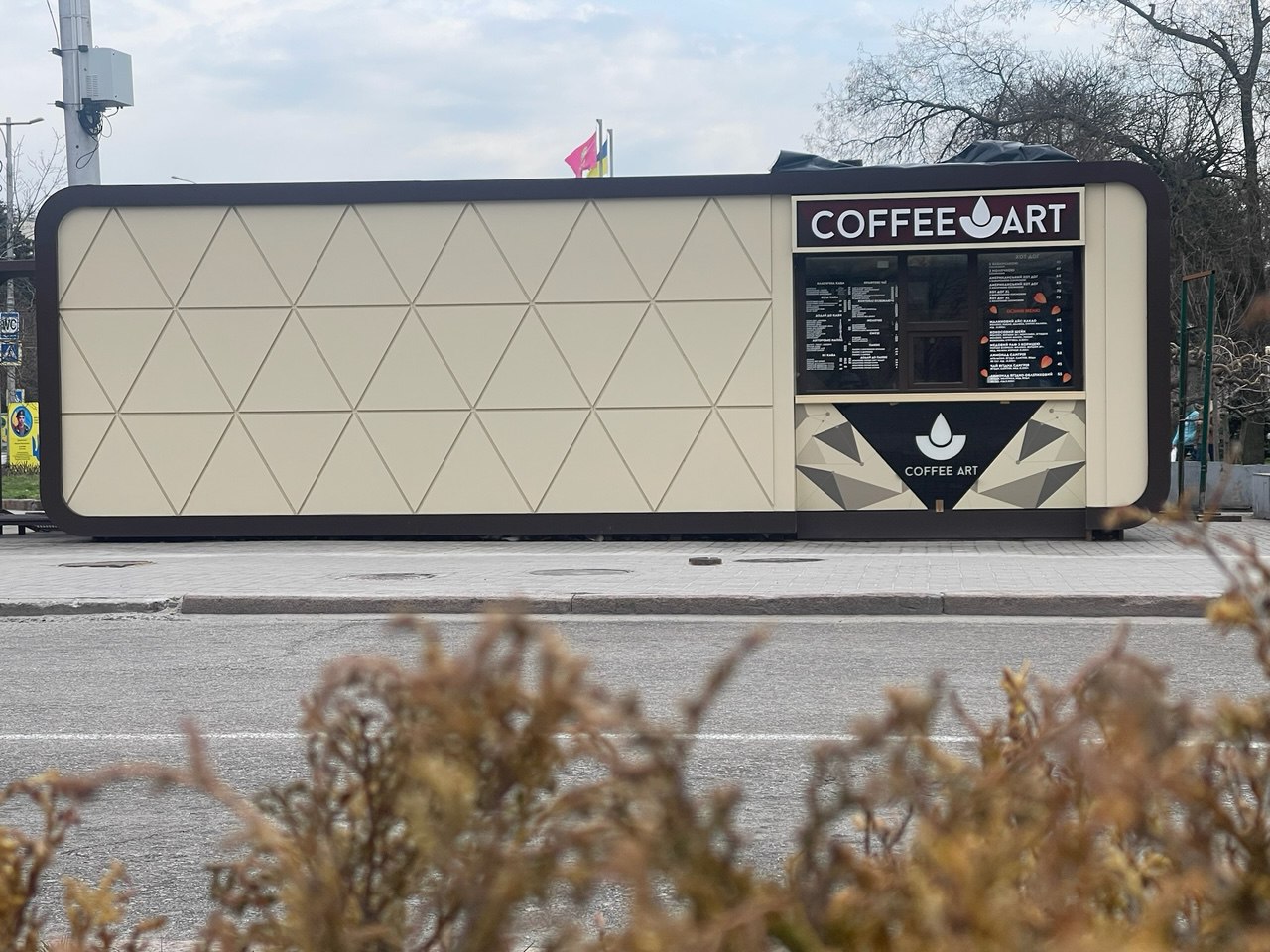 To date, four modular protective structures by ALD Engineering and Construction have been installed in Zaporizhzhia, each already functioning as a shelter. Two of the modules have been adapted into commercial units that combine the functions of a protective structure and a retail space. This format opens new opportunities for small and medium-sized businesses in the face of constant threats — a practical solution that ensures both people's safety and business stability.
To date, four modular protective structures by ALD Engineering and Construction have been installed in Zaporizhzhia, each already functioning as a shelter. Two of the modules have been adapted into commercial units that combine the functions of a protective structure and a retail space. This format opens new opportunities for small and medium-sized businesses in the face of constant threats — a practical solution that ensures both people's safety and business stability.
«This format should be scaled up and implemented more widely. Businesses must continue operating, even during air raid alerts, without endangering customers and employees. Our goal is to create safe, comfortable spaces that benefit both people and business», says Oleksii Lebedev, CEO of ALD Engineering and Construction.
In the near future, two more modules will be adapted for coffee shops. All of them will retain their primary function — protecting civilians. This project is part of a broader initiative by ALD Engineering to create dual-purpose infrastructure that simultaneously ensures physical safety and supports the local economy.
Modular protective shelters by ALD comply with national building codes and are certified according to both international and national standards. The structures are mobile, quickly assembled, and designed for comfortable sheltering during prolonged air raids. A standard unit accommodates 10–15 people and is equipped with ventilation, emergency lighting, fire safety equipment, communication systems, a water supply, and autonomous power.
As a reminder, in 2023 ALD Engineering developed modular prefabricated reinforced concrete shelters equipped with essential systems for air supply, water supply, electricity, sewage, fire alarms, and access control. The shelters are made of 300 mm thick reinforced concrete, withstand pressure over 227 kPa, and have high blast absorption and casualty mitigation capabilities.
All modules undergo double testing: in a state institute laboratory — for overload resistance, and in field conditions simulating combat environments.